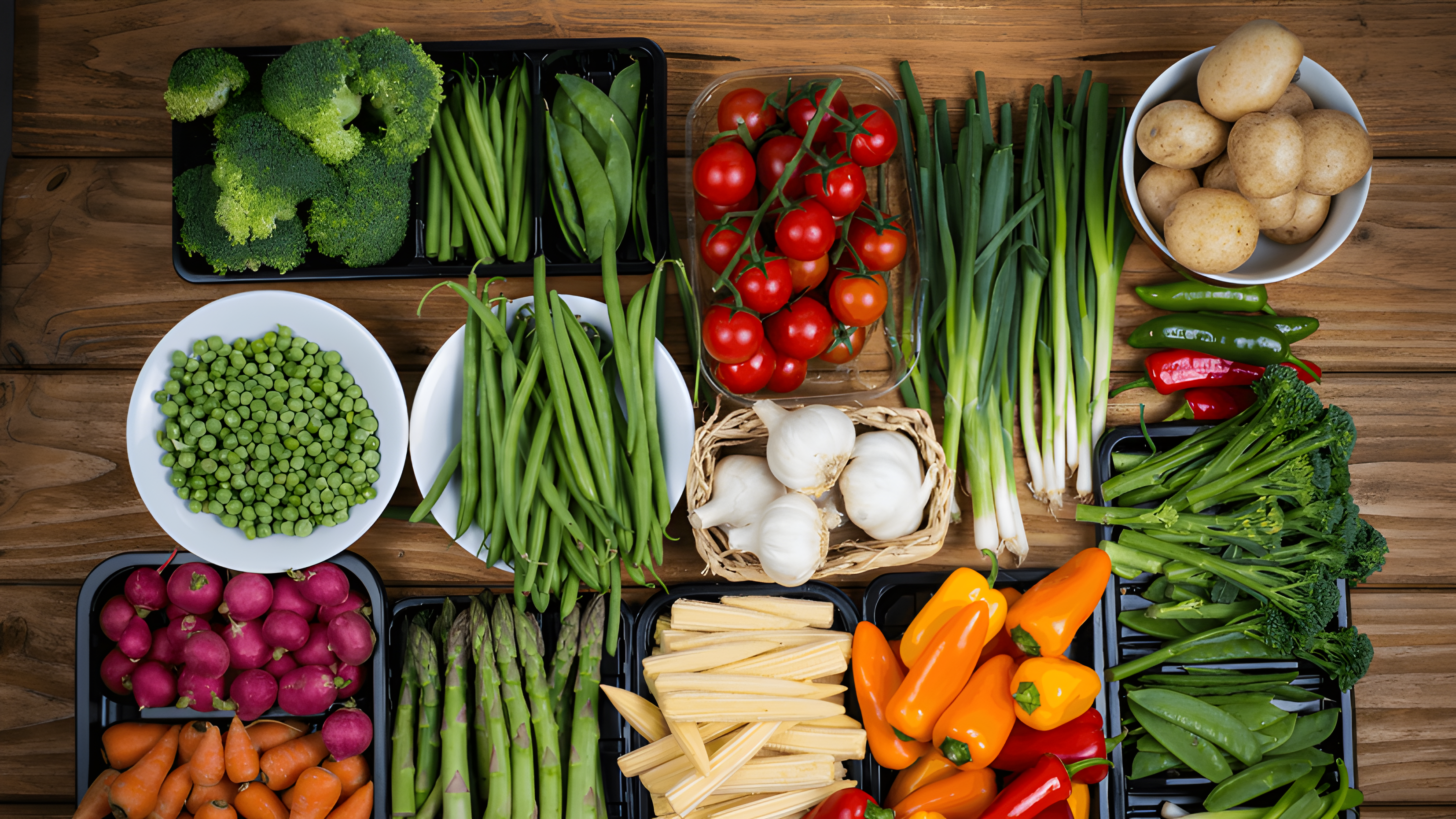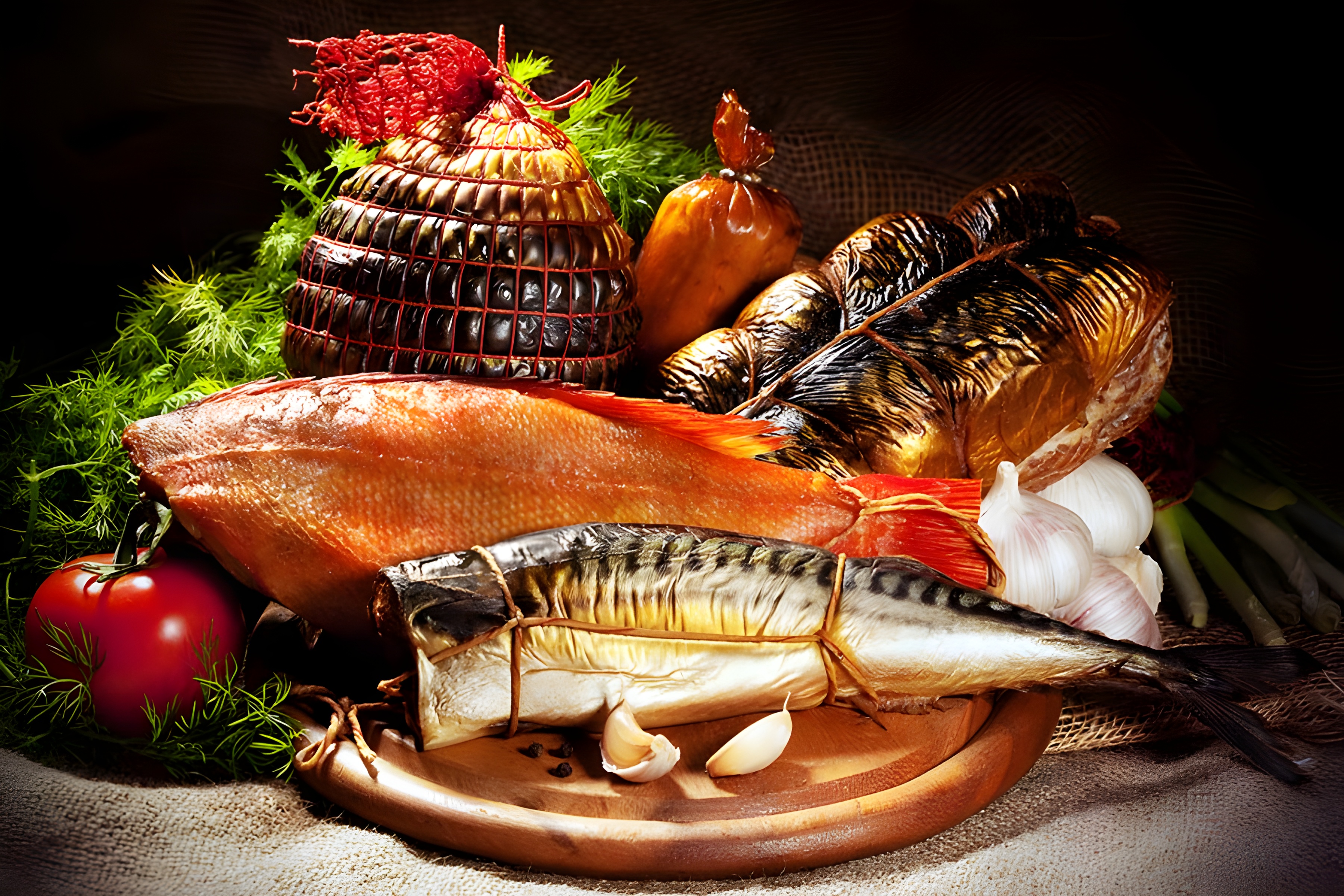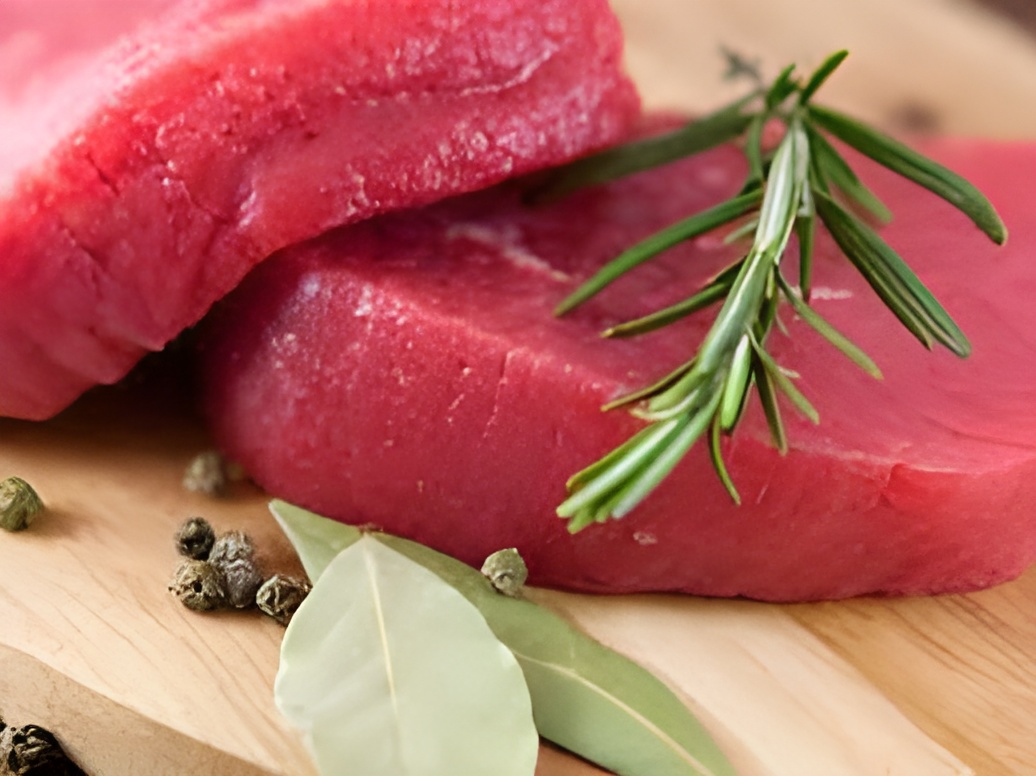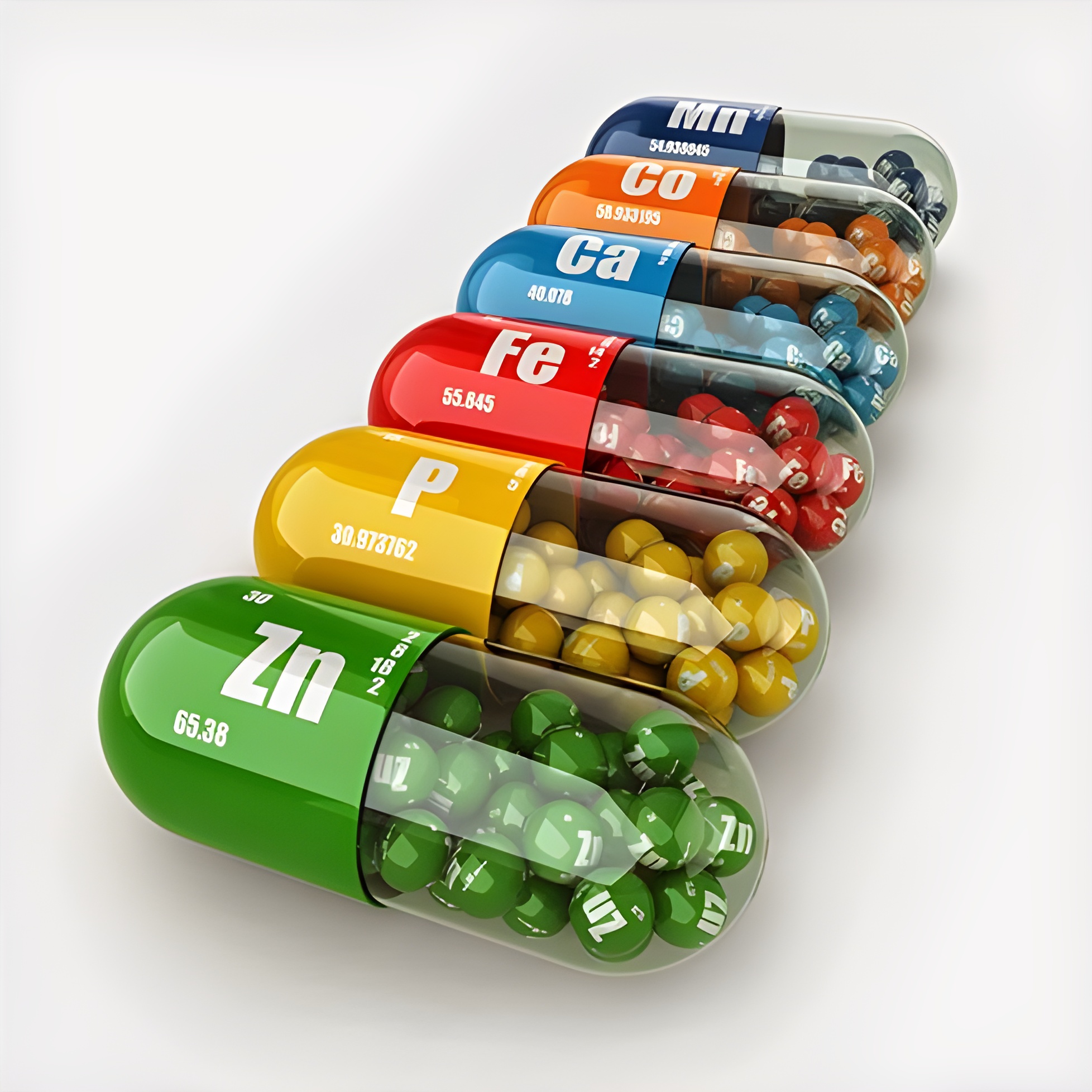The risk for cancer and other chronic conditions is complex. When we think about all of the risk factors that come together: our food choices, our physical activity level and other lifestyle factors, are just a couple pieces of the puzzle. There are always those other components that are outside of our control. Things like our genetics and family history, environmental exposures - our age and others.
Let’s focus on just those lifestyle factors that are within our control.
For those going through cancer treatment right now, there may be symptoms that arise as part of your treatment and make it hard to get the nutrition that you need. If you're having trouble eating enough, that's a good reason to come talk with nutritionist to make sure your nutrition needs are met.
Let’s focus on more of a general healthy eating approach. That's most appropriate, for those who are able to get enough nutrition in and are able to eat enough to meet their bodies mean.
Let’s work through the recommendations from the American Institute for cancer research. And you'll notice that many of these recommendations are pretty broad and focus more on food groups, types of foods and how often they play a role in our day-to-day, compared to specific foods are nutrients. There will be a few specific things that we call out towards the end, where we see a more direct risk for cancer. But in general, we're looking at what we do most of the time.
The reality is we eat foods, we don't eat nutrients. It's what we do most of the time, that it's going to have the greatest impact of our health. So the foundation for these recommendations comes from a goal of eating more plant-based foods. And good news is this aligns with recommendations from the American Heart Association, The American Diabetes Association and others.
More plant foods
All of these organizations are recognizing the evidence that shows we can benefit from eating more plant foods. Plant food that does not mean that you have to follow a vegetarian or vegan diet. In fact, there are the same health benefits just by eating more plants with or without animal products. So what does it means by plant foods? Plant Foods include things like whole grains, starchy and non-starchy, vegetables, fruits, beans, nuts, and legumes. And what all of these have in common is that they're high in fiber and they're also rich and important vitamins, and minerals that we need.

When we think about creating a balance plate at our meals, the goal is that two-thirds to three-quarters of that place is going to be filled with these plant-based foods.
That's going to look a little different for everybody, and that's okay. The goal here is to choose the foods that you enjoy and incorporate them more into your meals. So they are getting the majority of your nutrition from these plant foods and incorporating the animal products, like meat, poultry fish, eggs or dairy, in moderation, alongside those plant foods. So build upon this Foundation of a goal to eat more plant foods.
Limit some types of foods
Are next recommendation is focused on types of foods to limit or avoid. We encourage limiting foods that are high in added fats, added sugar and added sodium. This is typically found in highly processed foods. Things like packaged food or restaurant foods. And the reason for limiting these is to fold.
- First when foods are packaged or processed, they tend to lose some of their beneficial nutrients.
- Second, the added fast, added sodium, added sugar can have a negative impact on our overall health.
So while they may not be directly linked to cancer risk, eating more highly processed food with these added fats, sugars or sodium can contribute to risk for other conditions, like heart disease or diabetes.

Unfortunately for most of us, eating only whole foods or only fresh foods is not realistic. And a good news is you don't have to go that route. Minimally processed food, include things like canned or frozen fruits and vegetables. So they have in fact, been processed. They've been picked and then flash frozen or canned and that processing actually helps to preserve some of the nutrients.
So for choosing frozen fruits and vegetables without added sugars or sauces, or canned fruits and vegetables, without added sodium or canned and juice or water, we get all the nutrition value from those fruits and vegetables, without missing out on any of those important nutrients. The research shows that frozen and canned fruits and vegetables have just as much nutritional value for us as their fresh counterparts and he's going to absolutely be incorporated as part of a healthy eating pattern.
On the flip side, when we think about highly processed foods, these are going to be those foods that have the added fat, added sugar or added sodium. It helps to preserve them, make them shelf stable and, quite frankly, make them taste good.
The goal isn't that, we eliminate these entirely, but they were mindful of where these foods are fitting in our day today. So think about processed food as a treat food, rather than an everyday food, into shift towards more foods that are closest to their natural form. Like those fresh, canned or frozen, fruits or vegetables. Whole grains and are lean protein options. Building off, this recommendation to limit, highly processed food.
Sugar-sweetened beverages
The next recommendation is specifically around sugar-sweetened beverages. This category includes things like sodas, sports trains, even some fruit juice cocktails. And the concern here is the same as with the highly processed foods. The sugar-sweetened beverages, lose a lot of their nutritional value and provide us with quite frankly, just extra sugar.

Limit highly processed foods (red meats, bacon, salami)
Red meat can be incorporated in moderation, ideally 18, oz of week or less.
Need to limit red meat and there are a couple reasons here. From a heart health perspective, red meats tend to be higher in saturated fat or solid fat.
With any animal products rather is red meat like beef or pork, or lean, or say poultry, like chicken or turkey. It's important to choosing in the leaner version. So, if to compare ground beef and ground turkey and we had 95% lean ground beef vs. 85%, lean ground turkey, need to choose the leaner - 95% lean ground beef.
When we think about those red meats and cancer risk, the concern comes from how they're prepared. When red meats are cooked over direct high heat, such as grilling, that charing creates some cancer-causing compounds. So when we think about how we make and prepare red meats, often times, they are exposed to this high direct heat, which is part of where this concern for rest comes from.
Explore different ways to prepare your 18 Oz a week of red meat, so that it's not exposed to that direct heat to create that Charming or blackening.
As an example, you might cook a beef roast in the oven. This is a moist heat cooking method. It's not going to create those compounds.

If you're preparing say a burger or steak choose leaner cuts and limit the high-heat cooking methods when it comes to process meats.
To keep in mind, it's not about being perfect or eliminate foods entirely, but being mindful of how often these are coming into your day-to-day diet.
Focuses on alcohol consumption
From a cancer risk perspective courage limiting alcohol as much as possible. Now, many of you may be familiar with the idea that red wine can be protective against heart disease. We've been hearing this for many years now.
And while there may be some benefit from a health perspective, we see a direct increase in cancer risk with any amount of alcohol consumption. So for that reason, we do not anticipate any potential benefit of that red wine or other alcohol to outweigh the risk when it comes to our cancer risk. So the goal is to limit alcohol consumption as much as possible. If you do consume alcohol aim for moderation, which is defined as one drink a day for women and two drinks a day for men.
Vitamin or mineral or herbal supplement
These are popular about 80% of the population, in the U.S. takes at least one supplement and there is some good research that shows up - for most people these supplements are not providing added benefit.
If you are eating a mostly balanced diet, most of the time, it does not have to be perfect. You're likely getting all of the vitamins and minerals that your body needs.
But may be some exceptions: if you have a medical condition, that makes it difficult for your body to digest or absorb nutrients. Your doctor may be prescribing specific vitamin and mineral supplements.

Your doctor may also recommend specific supplements, if you're taking certain medications that are known to have side effects, that can impact your vitamin or mineral status.
Use supplements with caution. Know that for most people, they're not needed. And if you do have concerns about any specific supplements, can always talk with your doctor about them and how those might interact with medications or your treatment plan.
Physical activity
We can't talk about healthy lifestyle without addressing physical activity. Keep in mind that how we feel our bodies, our food choices and how we move our bodies are activity throughout the day, can most directly impact our health and our well-being.
When it comes to activity, choose a type of movement that you enjoy.

Something that feels safe based on where you're at in your treatment plan and find something that feels sustainable for you for the long-term. Remember that any amount of movement is going to benefit your body. You don't have to be training for a marathon, to reap the benefits of physical activity, which can get frustrating overwhelming and be really difficult to sustain.
When we think about our health, we're in it for the long run, so try starting with a small step, for example, adding one extra serving of vegetables, each day. We can gain momentum, build positive habits, and continue stacking new habits on top of that. So let's say you said a goal today to add an extra serving of vegetables, each day.
And over the next two weeks, you're able to add an extra serving of veggies out of 14 days. That's a great time to build upon your goal. Perhaps, your next step goal is to make half of your dinner plate, full of veggies and as you continue working towards that goal exploring new recipes, trying new vegetables.
You'll be able to build upon that healthy habit until ultimately your lunch and dinner meals are half full of veggies, or maybe you'll even be adding veggies to your breakfast meals. Start with what feels most natural to you. Focus on what you do most of the time because this is going to have the greatest impact on your overall health. The most important thing is that you're here to learn and you're willing to tr and you get to adjust as you go based on your preferences based on your schedule and what's realistic for you and a given day, that these small steps do make a difference and both decreasing, your cancer risk and achieving your best health long term.
MEDICAL DISCLAIMERThis content is for informational and educational purposes only. It is not intended to provide medical advice or to be a substitute for such advice or treatment by a personal physician. All readers of this material are advised to consult their own physicians or qualified health care professionals. UAmedTOURS is not responsible for the possible health consequences to any person or persons reading or following the information contained in this educational content. All readers of this content, especially those who take prescription or over-the-counter medications, should consult their physicians before making any changes in their diet, lifestyle, taking pills, or other facts that may affect your physical and psychological health.









